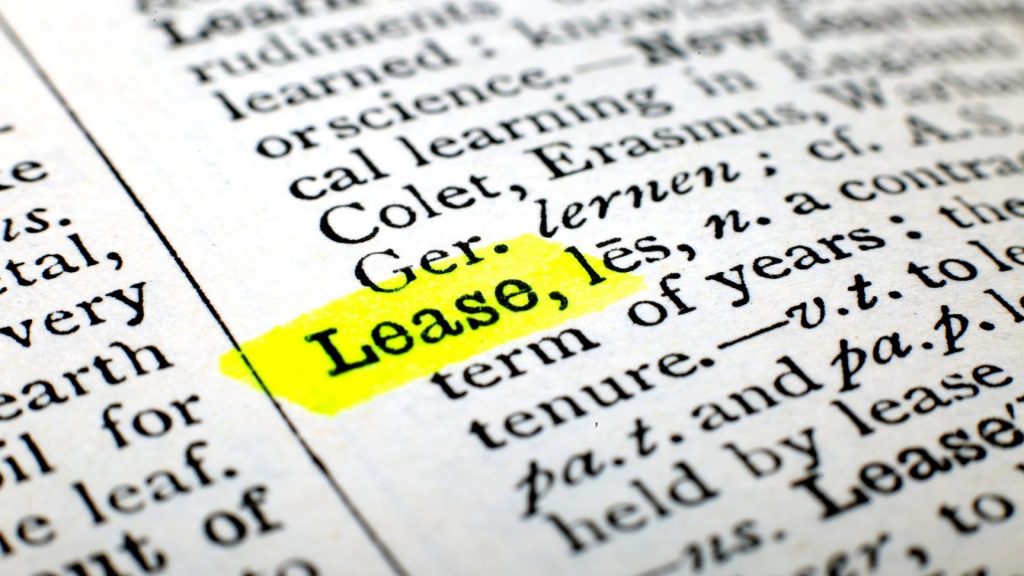Corporate tenants have the ability to align their leases with their business plan, but too few exploit this opportunity. The traditional operational focus of many corporate real estate departments creates a strong management process, but does not develop an effective process for implementing strategic goals of the company into real estate decisions. Here’s what to look for beyond just the lease term.
Growth Goals and Real Estate
Boards of Directors and senior management set growth targets, and Wall Street will measure a company based in part on those goals. Tenants are therefore incented to choose quantity over quality, and may likely sacrifice some leverage in the negotiations. Developers will often base lease terms on their own financing needs and on the ability to flip the property for a significant gain once the lease commences. Corporate tenants have taken advantage of this arrangement to meet growth goals, but too often these leases provide artificial barriers to operating the tenant’s core business, while these leases should be furthering the plan.
Updating Your Lease
A typical build-to-suit lease will have a 10 – 25 year initial term with several 5-year renewal options thereafter. Rent increases and notice provisions are scheduled in that lease. But the market doesn’t run on a pre-determined schedule. Business needs can change rapidly as new trends emerge, competition intensifies, or demographics shift. Corporate tenants should be reevaluating their core property leases as the market changes, because the business should dictate real estate decisions, not decade-old lease documents.
Forecasting Correctly
For new sites, companies are making long term commitments based on speculation about a market. Yet after the initial term has run its course, tenants are making short term decisions on renewals, even though they have years’ worth of operational data. Corporate tenants should be better able to forecast necessary lease terms, and work to align their lease terms. There is no real magic to a five-year renewal, especially if a tenant needs six more years of term.
Effective Changes
Yes, leases are a two-party agreement. But Landlords can be affected by the same market forces. Interest rates are at historic lows, and owners can take advantage of attractive financing rates and sale possibilities. REITs and other institutional owners are always looking at balancing risk across the portfolios. Every class of owner requires capital, whether it is to grow their business, repair existing buildings in their portfolios, or to pay off debt. Tenants and landlords can renegotiate leases to provide benefits to both parties. This isn’t a simple “blend and extend”, trading a nominal rent reduction for exercising an existing option. This is a way to add significant, lasting value to both parties’ bottom lines.
As market changes and business changes, your leases should change, too.

